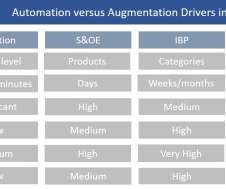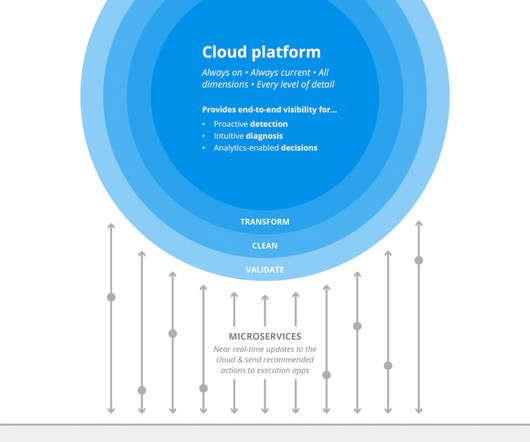4 Key Trends Reshaping Manufacturing Procurement in 2024
Arkestro
JANUARY 9, 2024
According to Deloitte, the manufacturing industry was in contraction throughout most of 2023 due to challenges like increased lead times, tight labor markets, and rising costs. As we move into 2024, procurement teams continue to face hurdles like supply chain volatility, geopolitical tensions, budget restrictions, talent shortages, and more.










Let's personalize your content